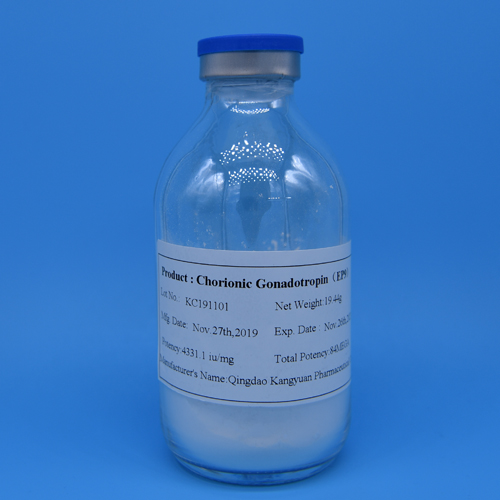What is the dilution of ulinastatin and the adverse reactions. Ulinastatin
is a serine protease inhibitor found in human blood and urine. Its
anti-inflammatory mechanism includes inhibiting the effect of various
inflammatory proteases, protecting endothelial cells, stabilizing vascular
endothelium, improving microcirculation, and improving coagulation dysfunction.
At the same time, it is also a non-specific protease inhibitor, protease
inhibitor + membrane stabilizer + inflammatory factor regulator, which can be
used clinically for the treatment of acute pancreatitis, chronic recurrent
pancreatitis, and can also be used for the rescue of acute circulatory failure.
So, what is the dilution of ulinastatin and what are the adverse reactions.
According to the drug's instructions, ulinastatin is diluted with either 5%
glucose injection or 0.9% normal saline, and the dosage can be increased or
decreased according to age and symptoms.

The adverse reaction of ulinastatin is
1. The more common adverse reactions were granulocytopenia, diarrhea,
reddening and pruritus of the skin, vascular pain, increased alanine
aminotransferase and aspartate aminotransferase, etc.
2. Occasional nausea, vomiting and diarrhea;
3. Blood vessel pain, redness, itchy sensation, rash and so on;
4. Occasionally see allergy, allergy should be stopped immediately, and
appropriate treatment.
In order to reduce the side effects of drugs, the following matters should
be noted when using drugs: 1. Caution should be given to those with drug allergy
history, food allergy or allergic constitution.
2. When this product is used for acute circulatory failure, it should be
noted that it cannot replace the general shock therapy (infusion, oxygen,
surgical treatment, antibiotics, etc.), and the administration should be
discontinued when the shock symptoms improve.
3. Caution when using: Avoid using this product in combination with Gabeate
or Gelobin. This product should be used immediately after dissolving.
The plasma concentration of ulinastatin decreased rapidly after intravenous
injection, which was mainly distributed in the kidney, liver and pancreas. It
was eliminated from almost all tissues, with a biological half-life of about
24min and a half-life of about 40min. After 6h of administration, low molecular
metabolites were excreted in urine, and excreted 24%. No accumulation was
observed after continuous administration for 7 days.